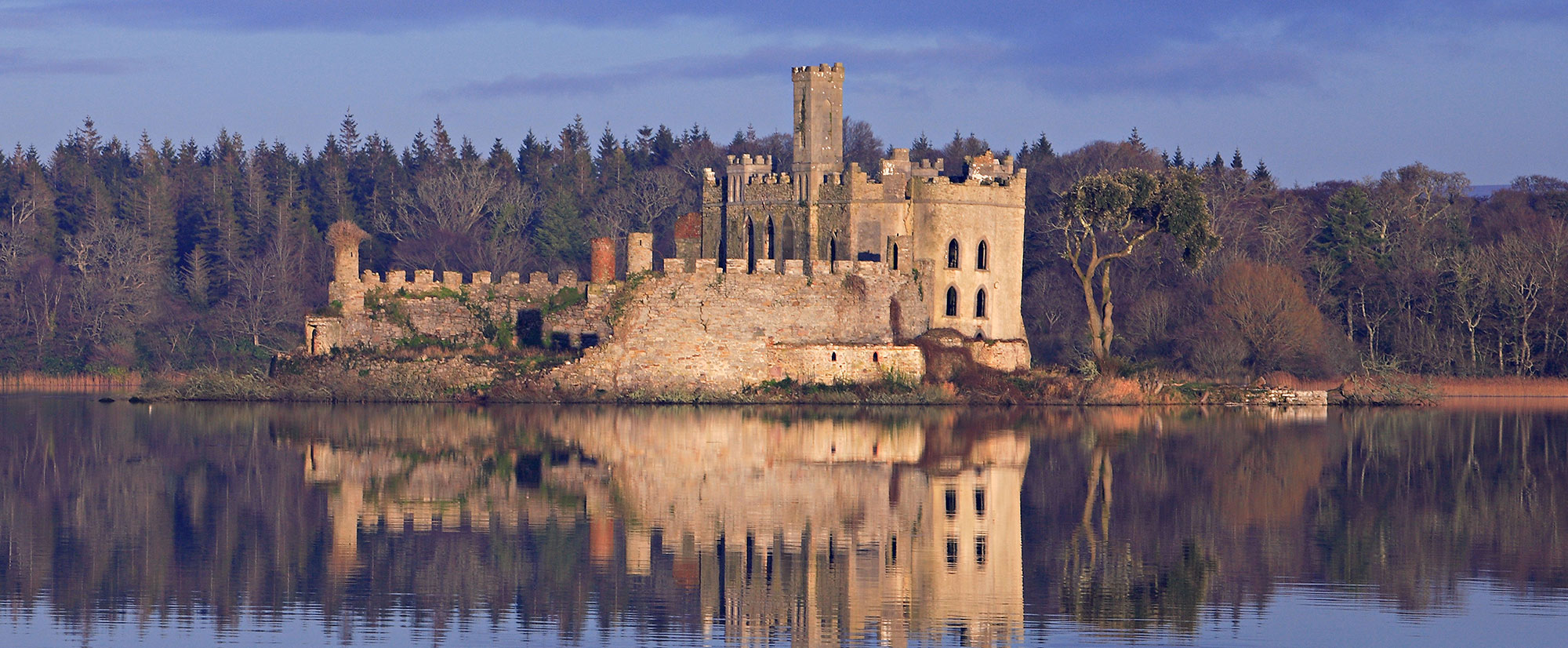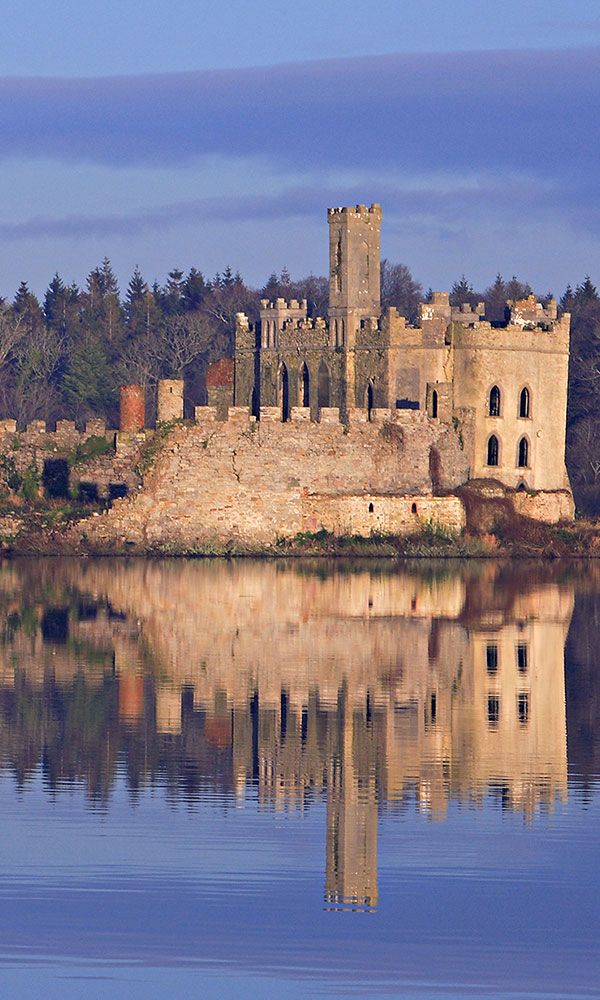SIEM REAP, CAMBODIA—The Khmer Times reports that 141 statue fragments were uncovered in Angkor Wat by Apsara Authority workers who were installing an irrigation system. The statue fragments are thought to make up 21 Buddha statues, although no heads have been recovered. “The statues were buried and mixed up with some modern items, including a metal door frame, glass shrapnel, a bicycle bell and rim, and even plastic bags,” said project manager Srun Tech, who thinks the statues were buried in the 1960s or 1970s. Tech added that the statue pieces had been buried in an orderly manner, perhaps to protect them from theft. He thinks the heads and other missing parts may still be buried at the twelfth-century temple complex. To read about the head of a bodhisattva statue that was recently unearthed at Angkor, go to "Around the World: Cambodia."
Statue Fragments Uncovered at Angkor Wat
News April 17, 2020
Recommended Articles
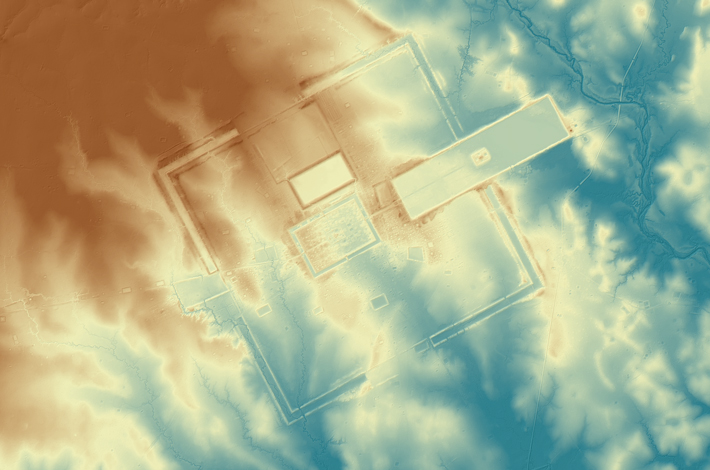
Letter From Cambodia January/February 2015
Storied Landscape
Through centuries—and perhaps even millennia—of cultural, political, and environmental change, Phnom Kulen has retained its central role in the spiritual life of a people
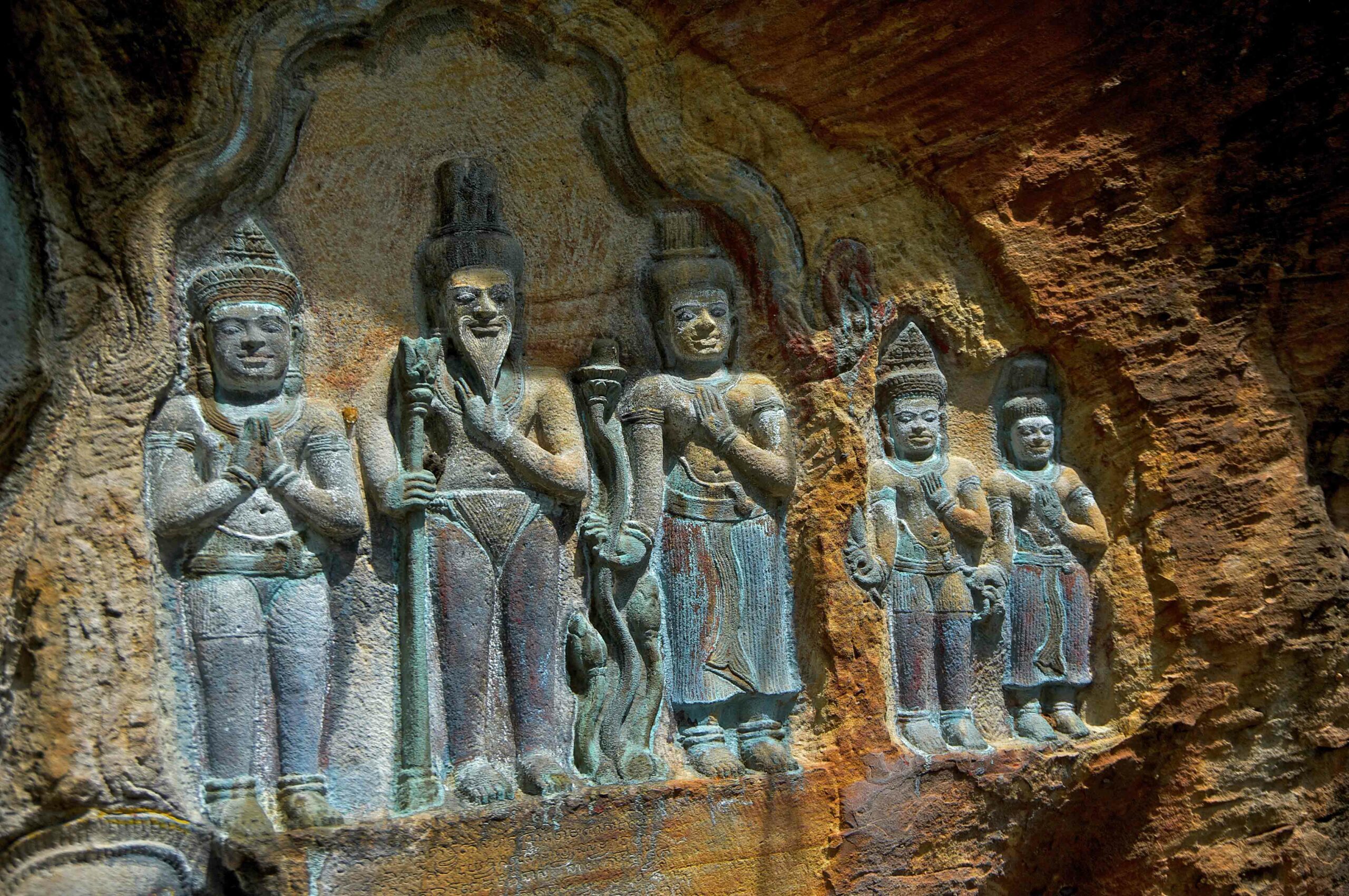
Letter From Cambodia March/April 2013
The Battle Over Preah Vihear
A territorial dispute involving a 1,100-year-old Khmer temple on the Thai-Cambodian border turns violent

Digs & Discoveries May/June 2012
Drought Doomed Angkor?
in Proceedings of the National Academy of Sciences, a sediment core taken from the West Baray reveals evidence of an extended drought in the fourteenth and fifteenth centuries.
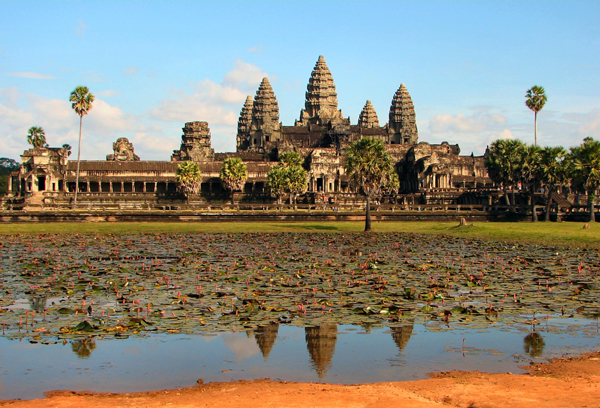
-
Features March/April 2020
Remembering the Shark Hunters
Unique burials show how ancient Peruvians celebrated dangerous deep-sea expeditions
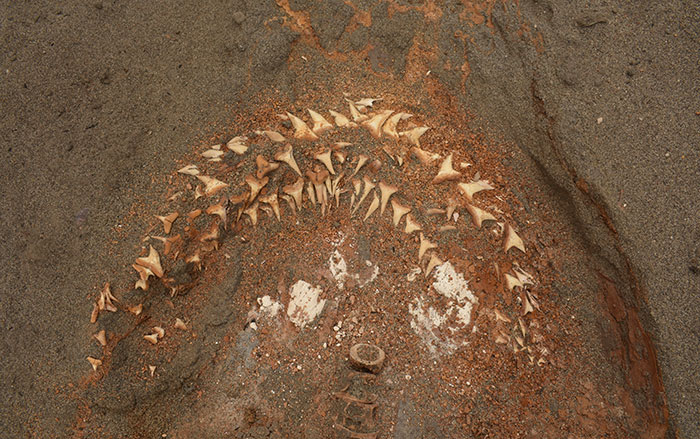 (Courtesy Gabriel Prieto)
(Courtesy Gabriel Prieto) -
Letter from the Four Corners March/April 2020
In Search of Prehistoric Potatoes
Native peoples of the American Southwest dined on a little-known spud at least 10,000 years ago
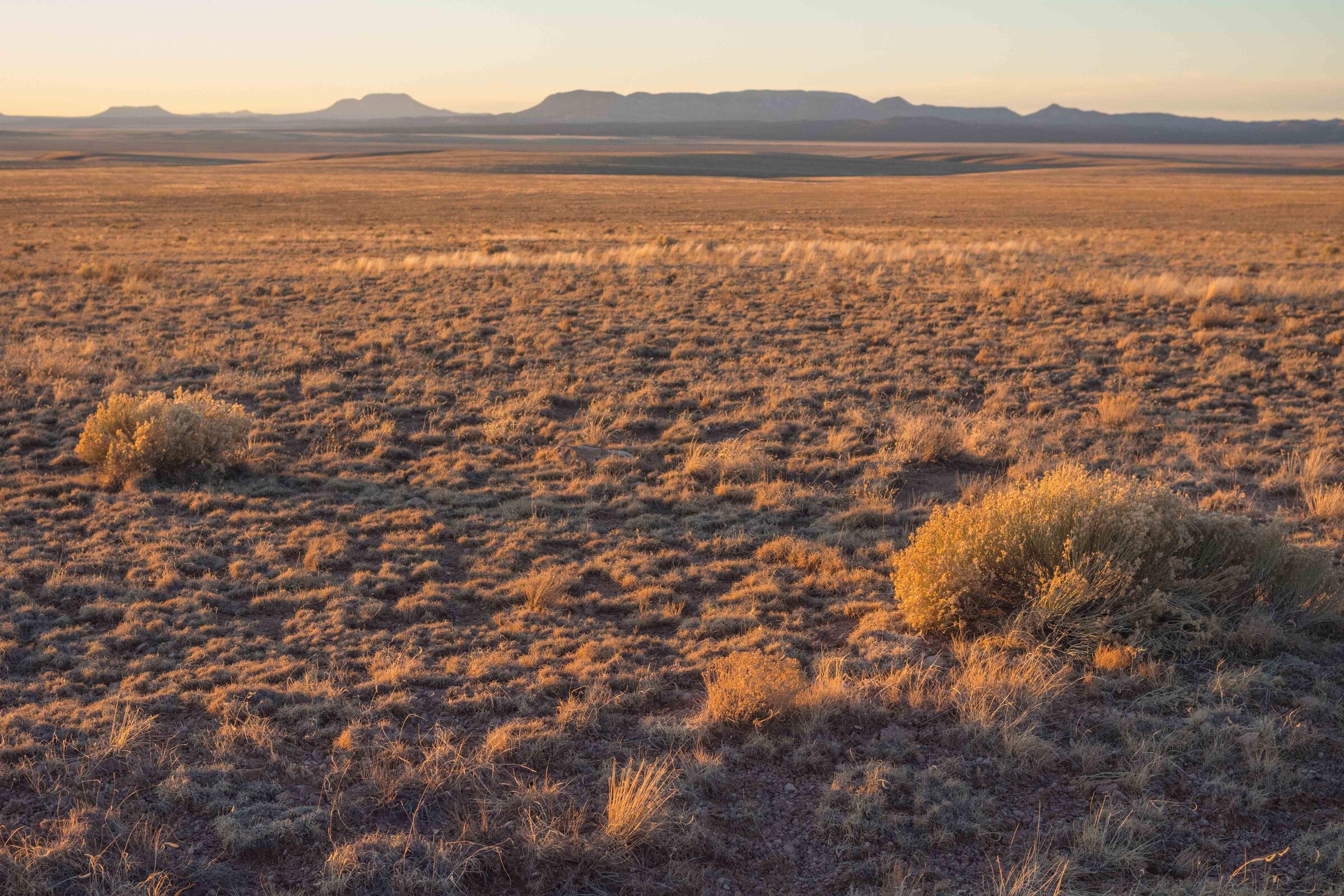 (©2020/Jerry Redfern)
(©2020/Jerry Redfern) -
Artifacts March/April 2020
Gravettian "Venus" Figure
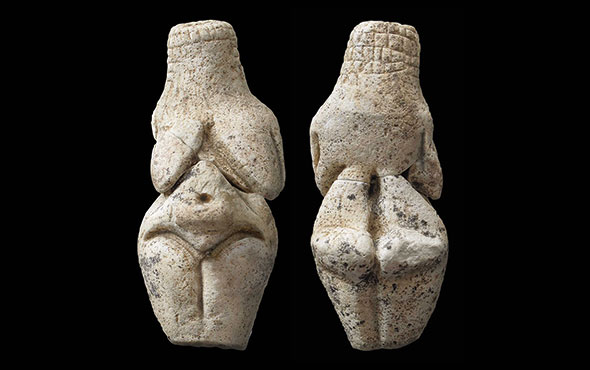 (Courtesy INRAP)
(Courtesy INRAP) -
Digs & Discoveries March/April 2020
Ancient Academia
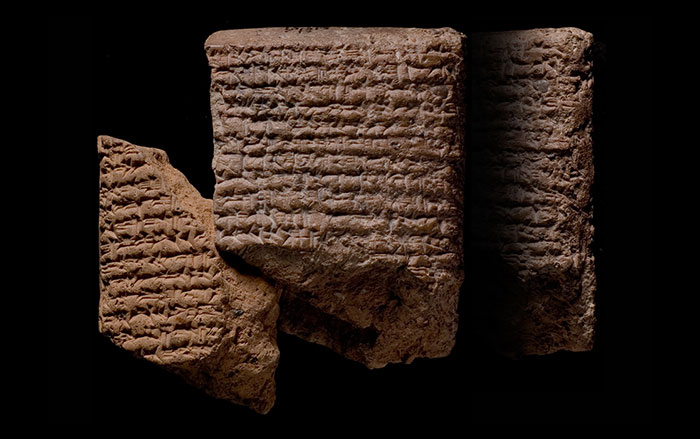 (© The Trustees of the British Museum)
(© The Trustees of the British Museum)


